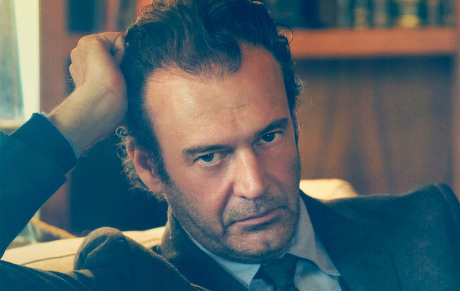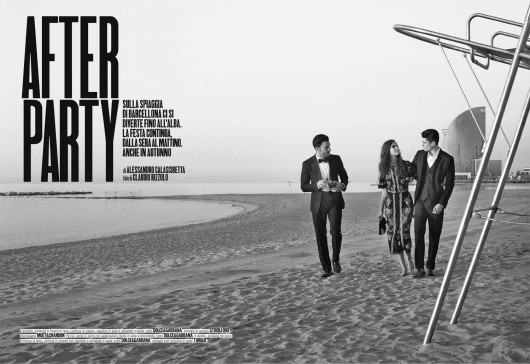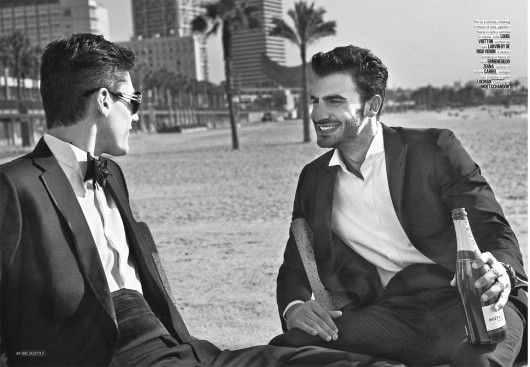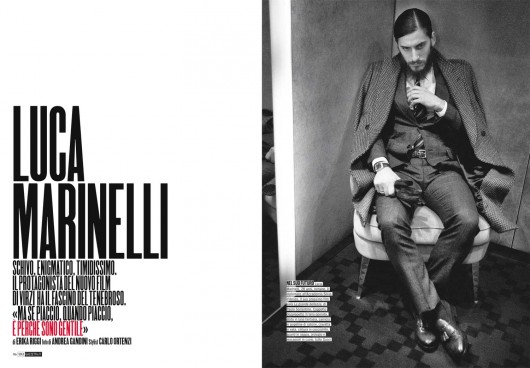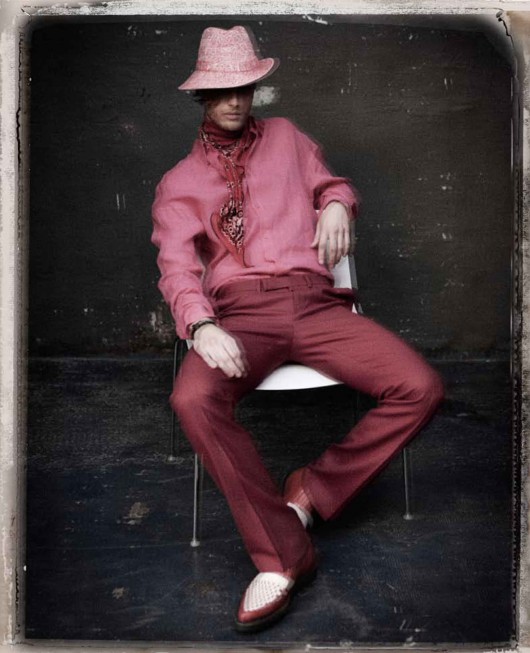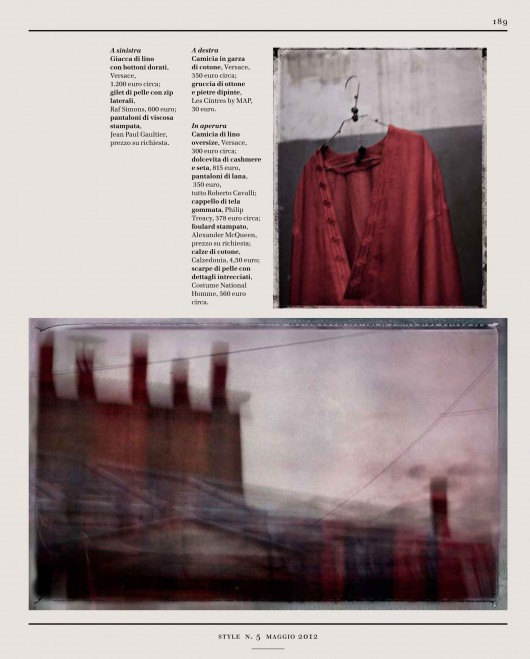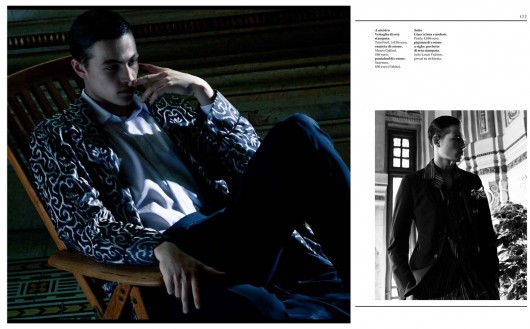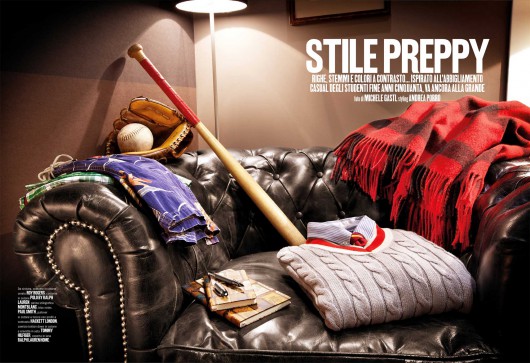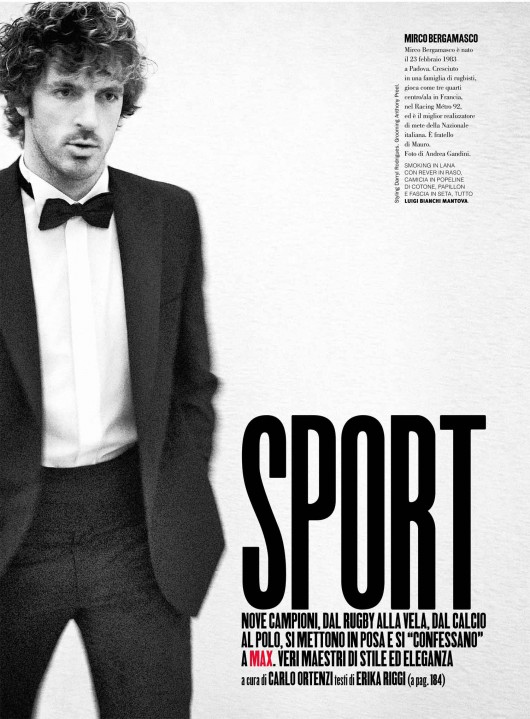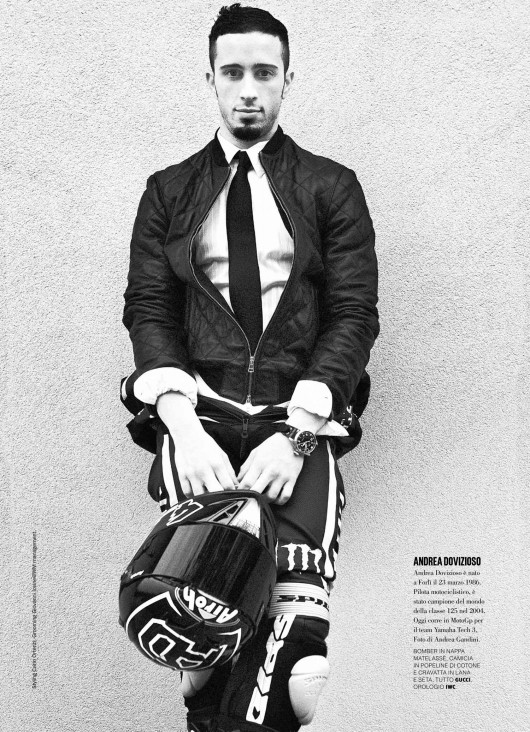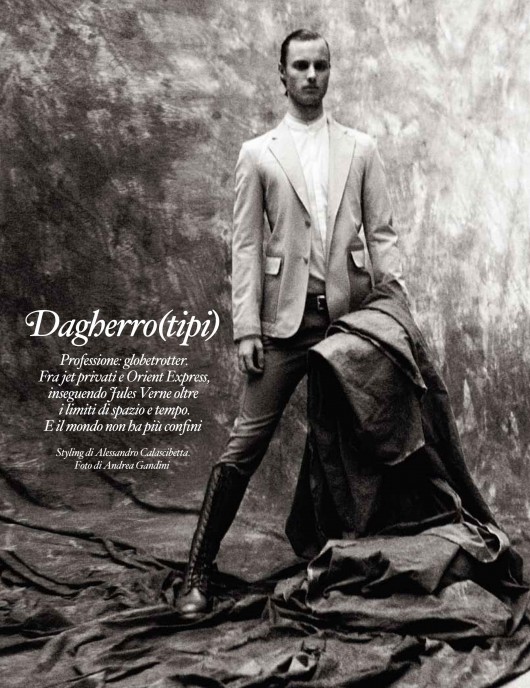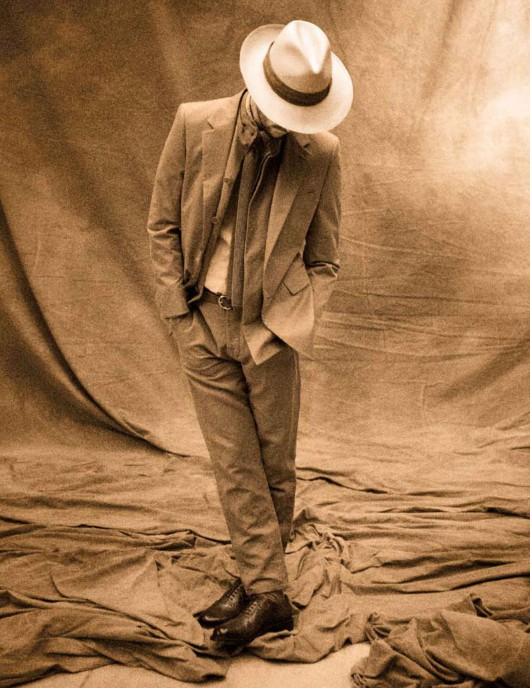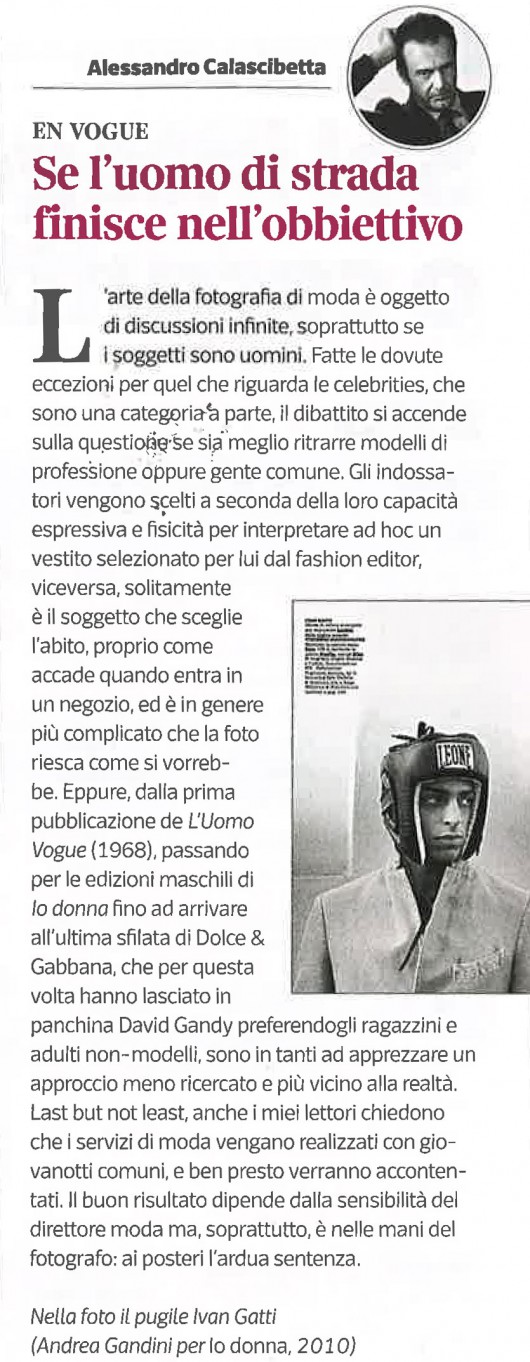
The art of fashion photography has been under discussion ever since, especially when it has male sobjects. Making an exception for celebrities, which are a world apart, the debate is about if the best choice is to portray models or common people.The choice of the model is based on his body structure and ability of expression, in order to better embody the dress that has been chosen for them by the fashion editor. Sometimes, on the other way around, the sobject chooses the dress for himself, just as if he was walking into a shop, in that case is more difficult to get a good shot. However, since the first issue of “L’uomo Vogue” (1968) has been published, through all the Io Donna for men editions till the very last Dolce&Gabbana fashion show (which are preferring young and less young non-professional models for this season instead of David Gandy) many people do appreciate a less refined and more close to reality approach to fashion. Last but not least, even my readers are asking for “common people” to be portrayed in fashion editorials and they’ll be satisfied soon. The result is depending mainly on the potographer’s skills and also on the fashion director’s artistic sense. It is for posterity to judge. In the picture Ivan Gatti by Andrea Gandini for Io Donna 2010.
